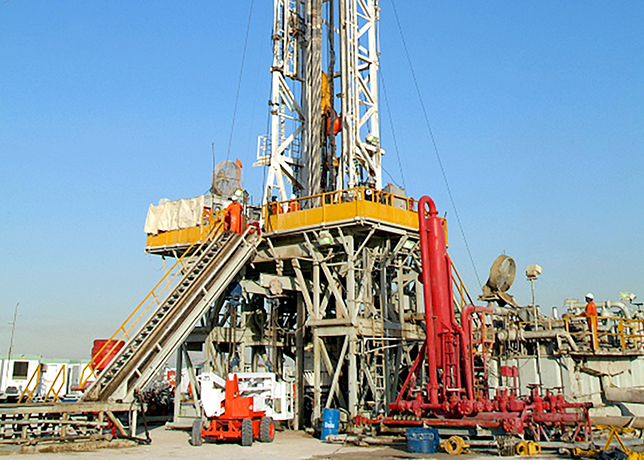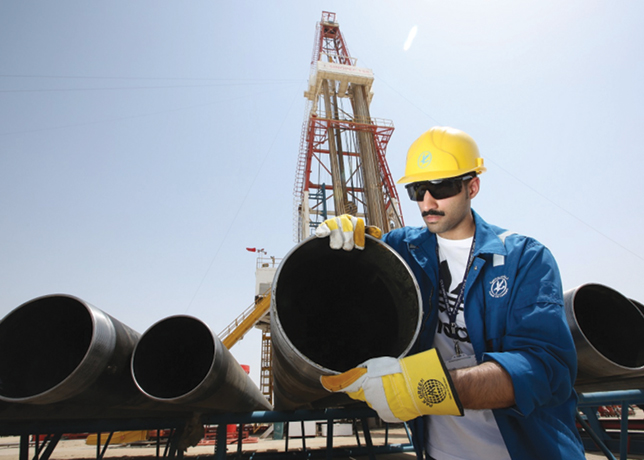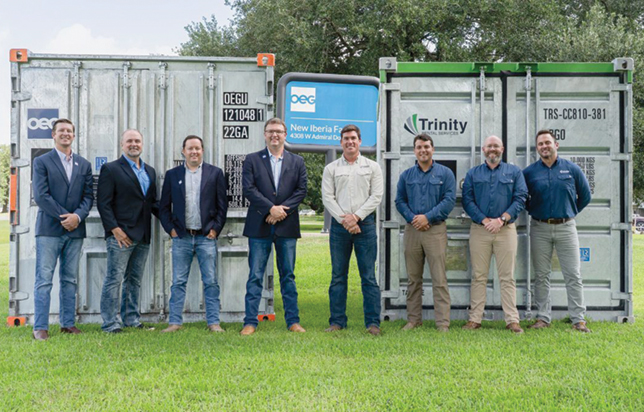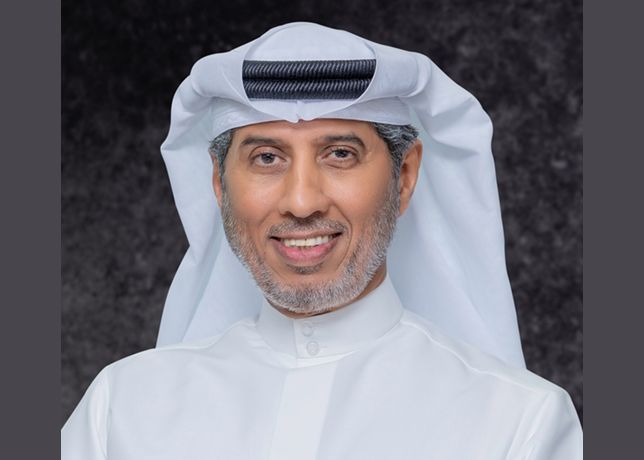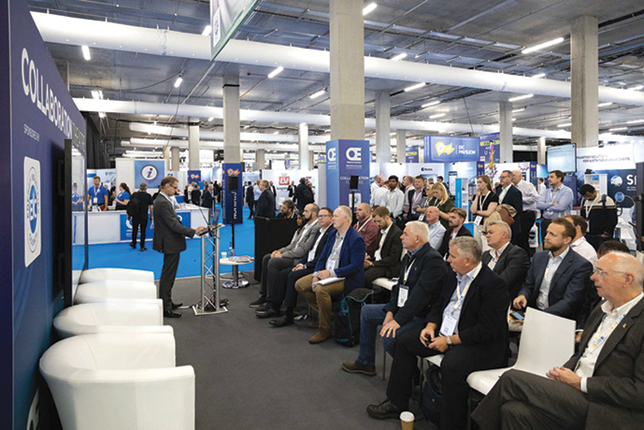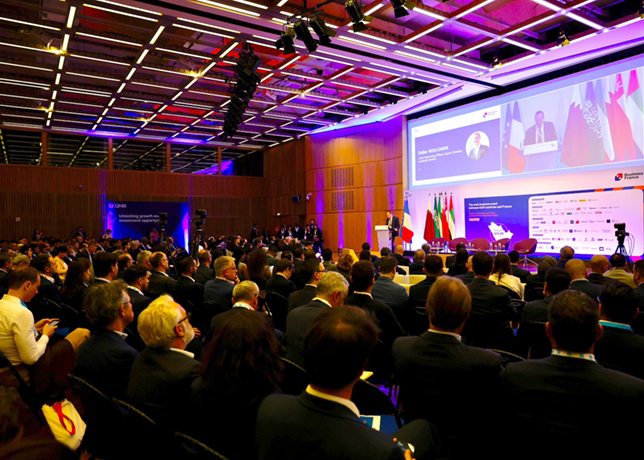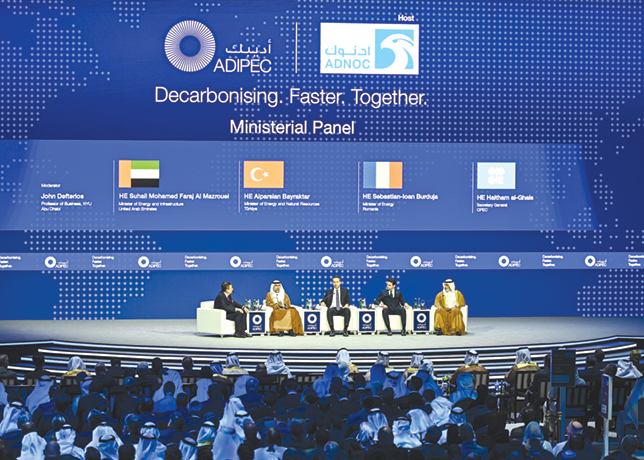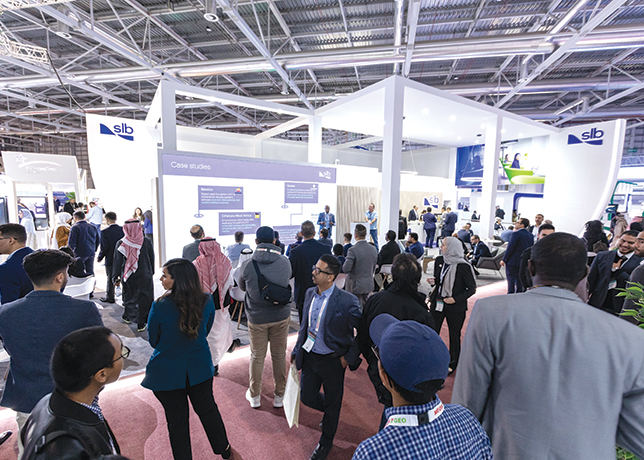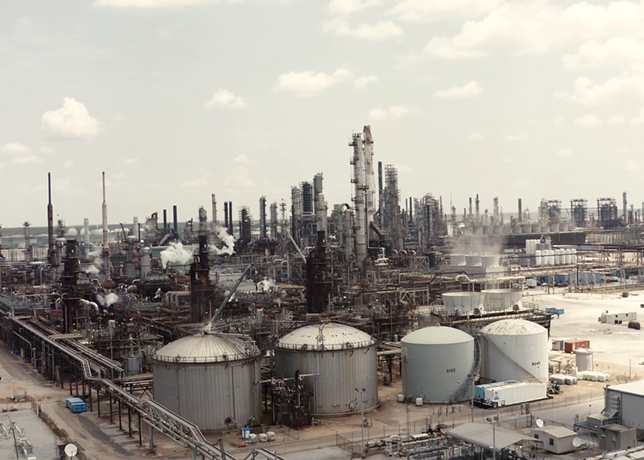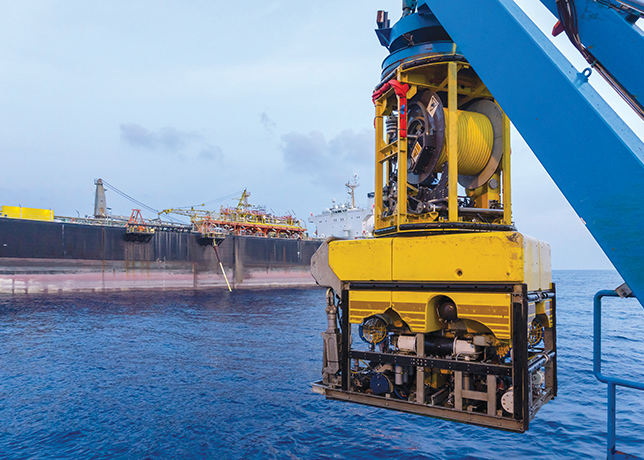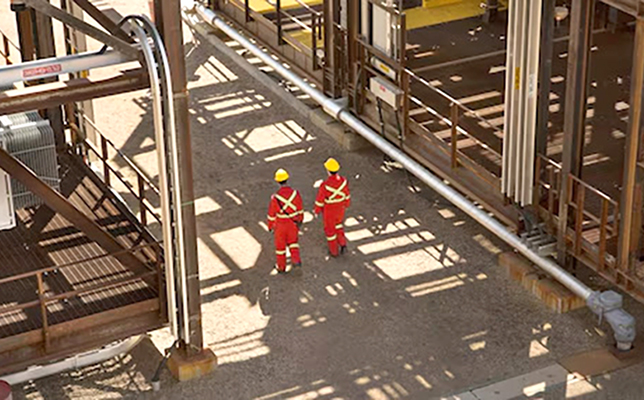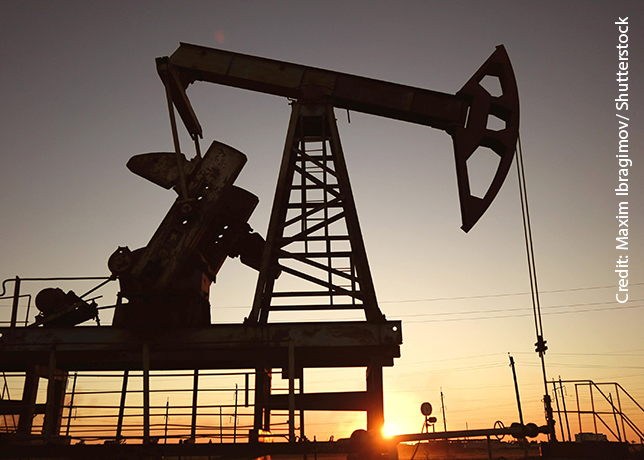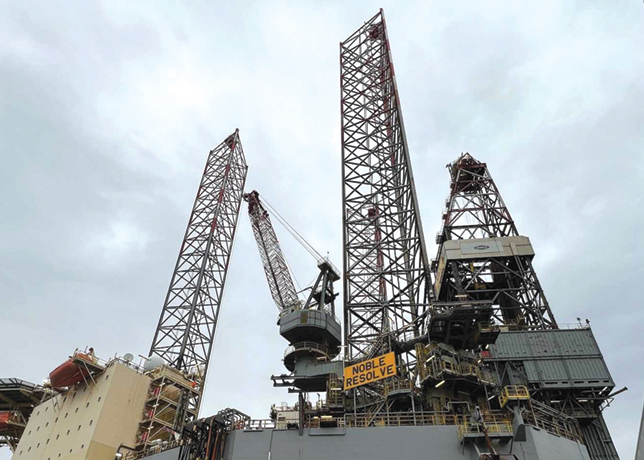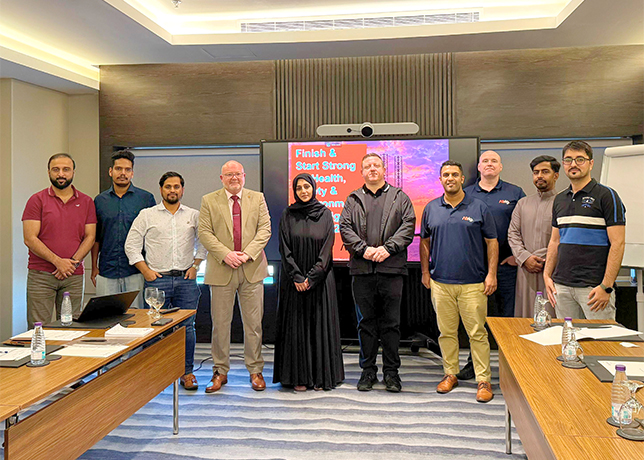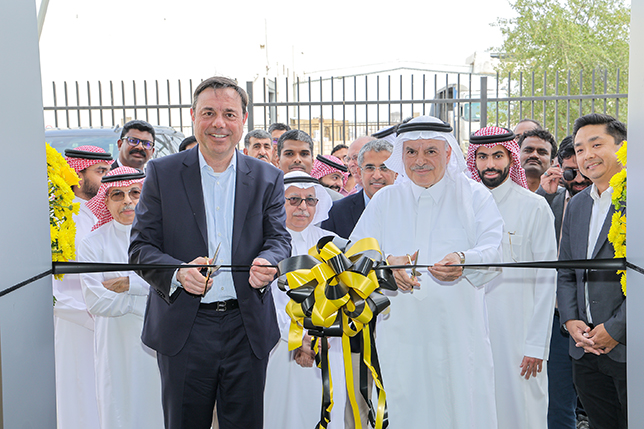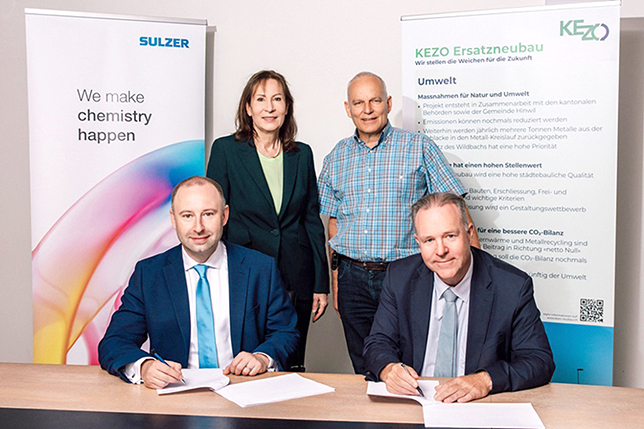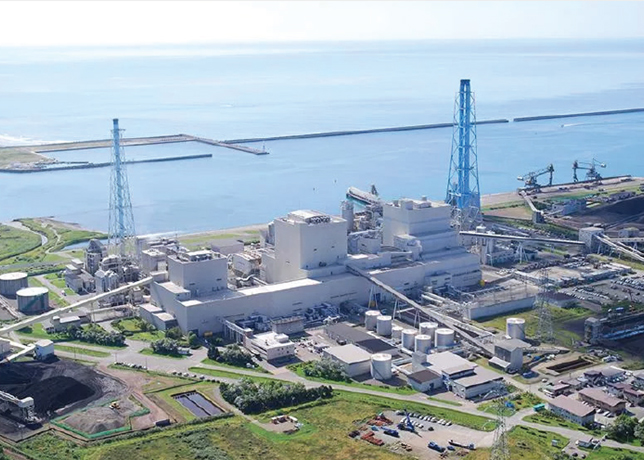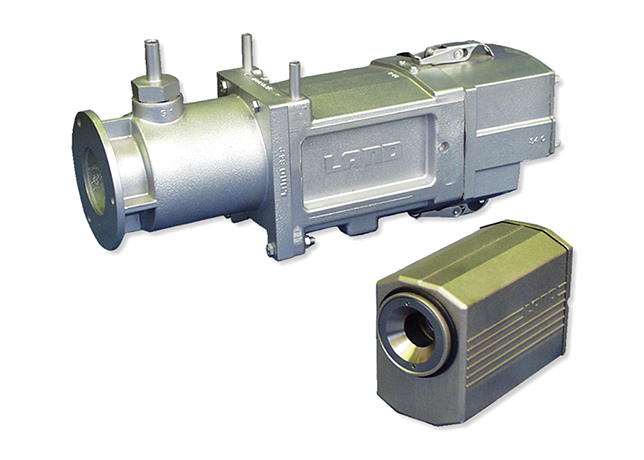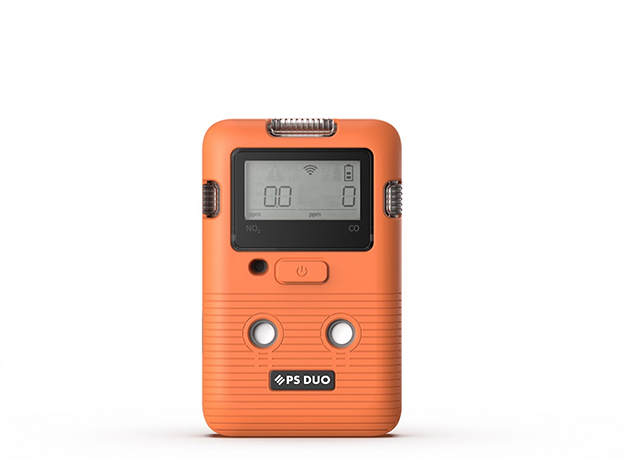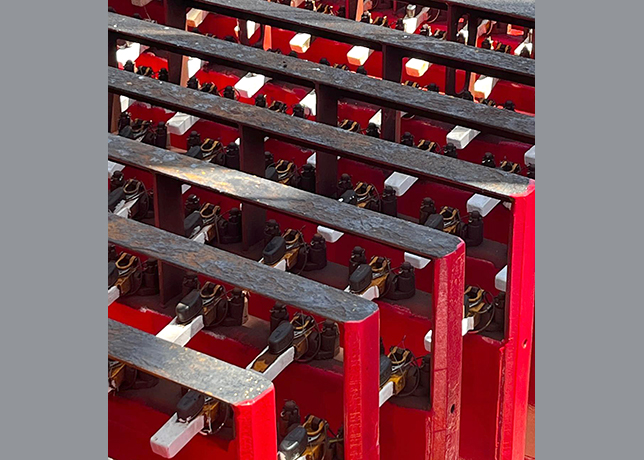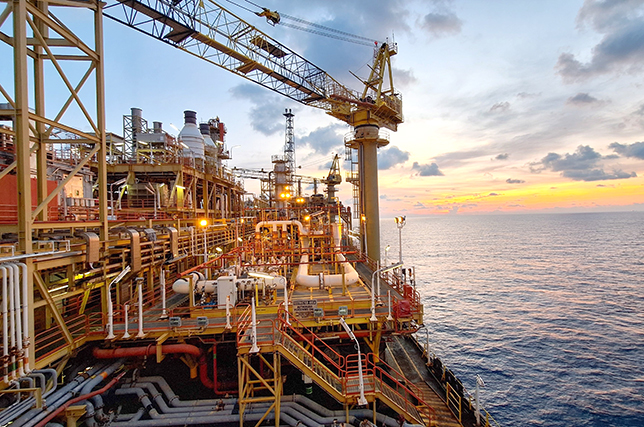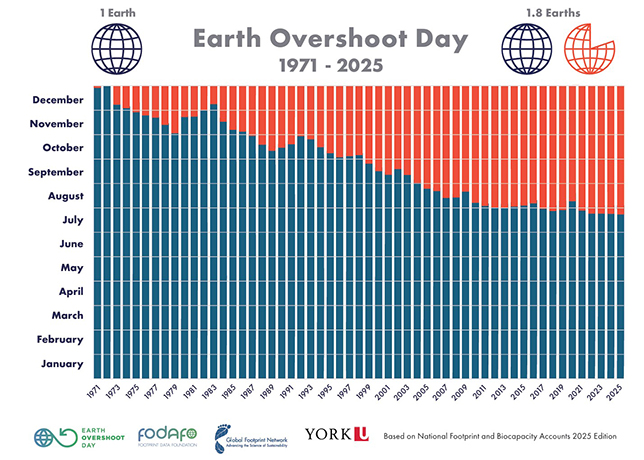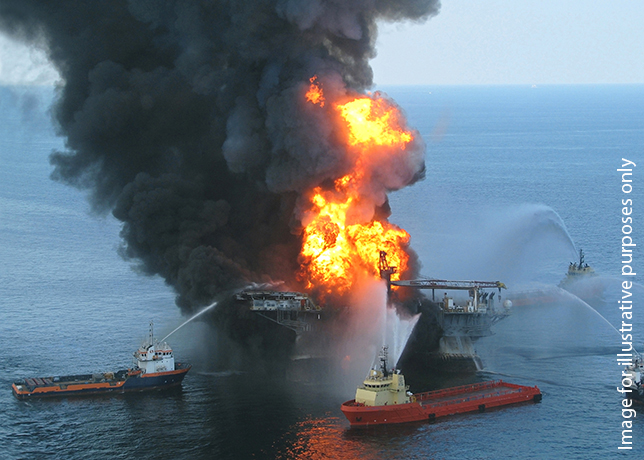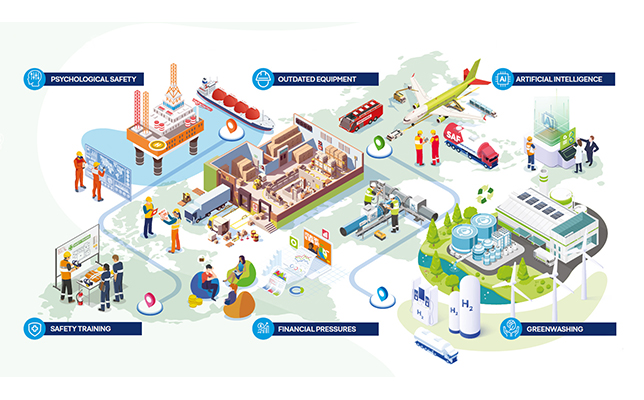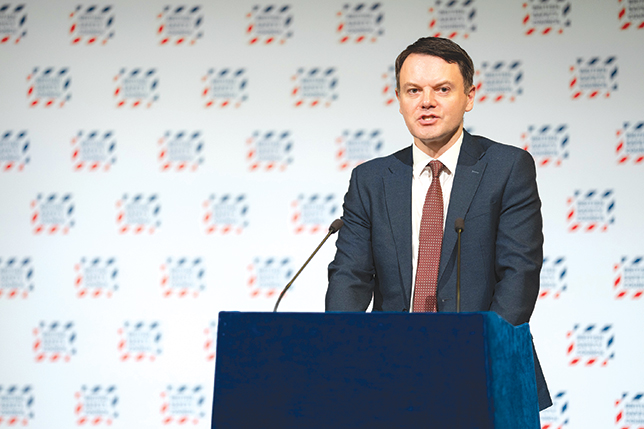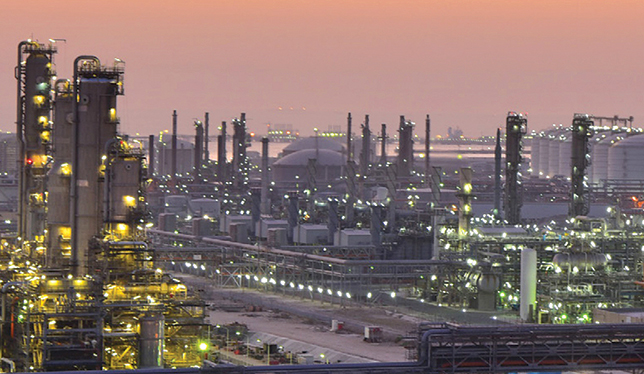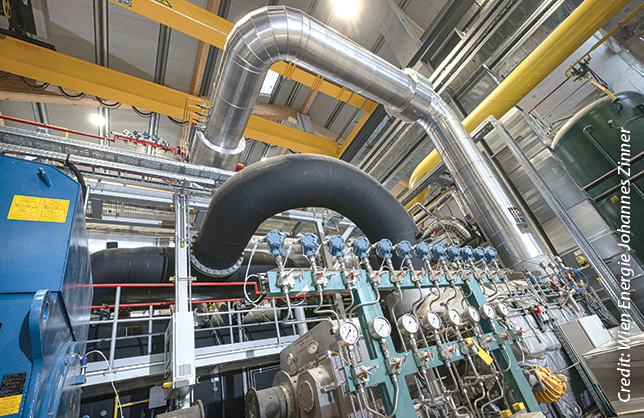

DSM Dyneema is spearheading the latest innovations in mooring and tugging lines with the use of ultra strong Dyneema fibre.
In order to better support the needs of the LNG and oil transport markets, and to show its commitment to this industry, DSM Dyneema was introduced at the Gastech exhibition held in Abu Dhabi recently.
Through research and development and close collaboration with rope manufacturers and end-users, DSM Dyneema has been advancing synthetic rope technology by offering a range of rope and mooring applications that surpass traditional steel wire ropes for ship owners and operators.
The unrivaled strength-to-weight ratio of Dyneema allows rope manufacturers to engineer lighter and more flexible ropes without compromising strength.
“Dyneema is enabling us to customise our mooring and tugging ropes to meet industry needs for greater safety and easier handling,” said Mike Greenwood, Commercial Marine sales director for Samson Rope.
“Particularly in the LNG market, where safety is paramount and regulations are stringent, many ship operators are looking for ropes that offer reduced risk of injury from backlash or failure, and lighter weight to expedite handling. Ropes made with Dyneema deliver all these benefits and more. This versatile fibre is helping Samson diversify our portfolio and expand our market share.”
Ropes made with Dyneema provide a number of advantages for the end-user over traditional steel wire and conventional synthetic fibres.
Its light weight makes handling lines easier and faster, reducing mooring times and the physical workload for the crewmembers.
The low elongation of the material minimizes rope backlash for improved safety. The strong yet soft Dyneema fibre also helps to reduce the maintenance costs. Ropes with Dyneema will not damage chocks, bits, fairleads or other parts of the ship, nor do they need to be lubricated leading to less pollution of the environment and the deck of the ship. In addition, ropes with Dyneema have an increased service life.
“We have been using mooring lines with Dyneema for four years. Based on our experience to date we are very satisfied with the performance,” commented Bill Gould, port captain, Alaska Tanker Company.
“The lines are holding up well and the crews especially like working with the lines as they are much lighter and easier to work with than the wire rope we had previously used.”
“We are working closely with rope manufacturers to develop new rope technologies based on Dyneema, which not only overcome the limitations of traditional materials, but also anticipate the changing needs of the mooring and tugging industry,” said Edwin Grootendorst, market segment manager mooring for DSM Dyneema.
“By pooling our expertise with manufacturers and end-users, we are making significant strides in creating the next generation of marine ropes and helping customers and end-users achieve their business goals.”


